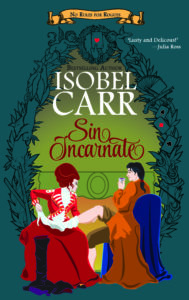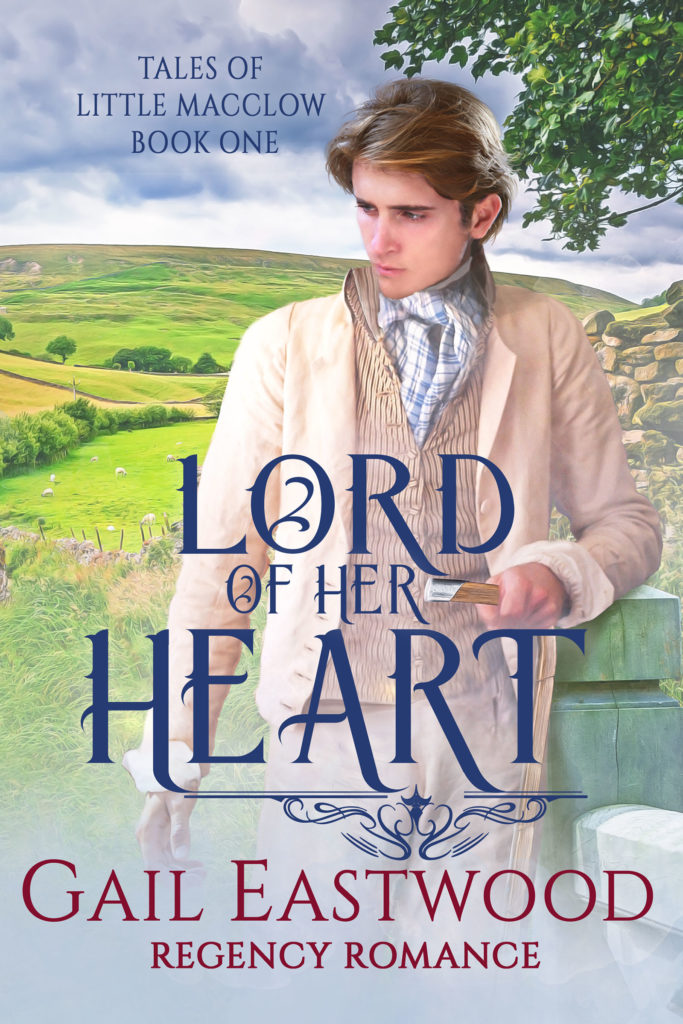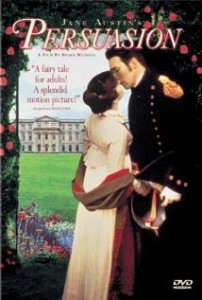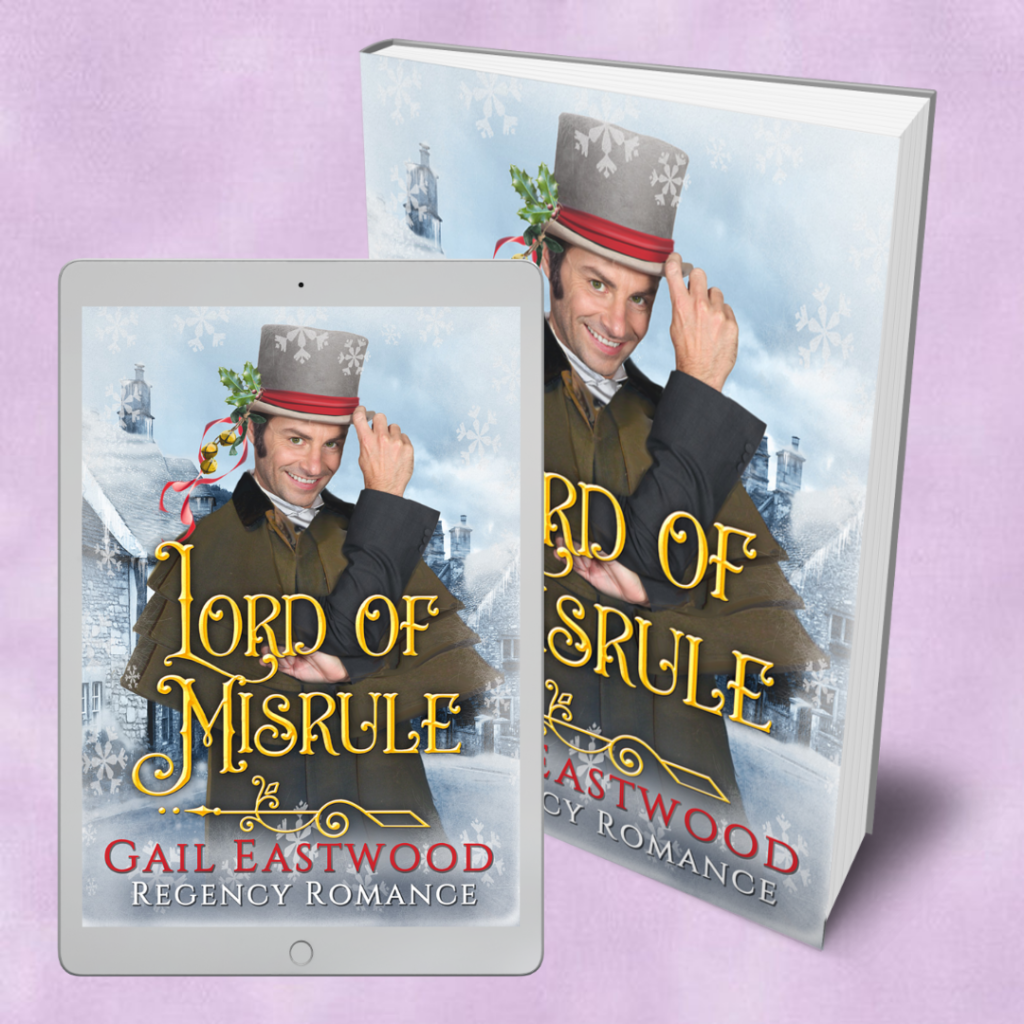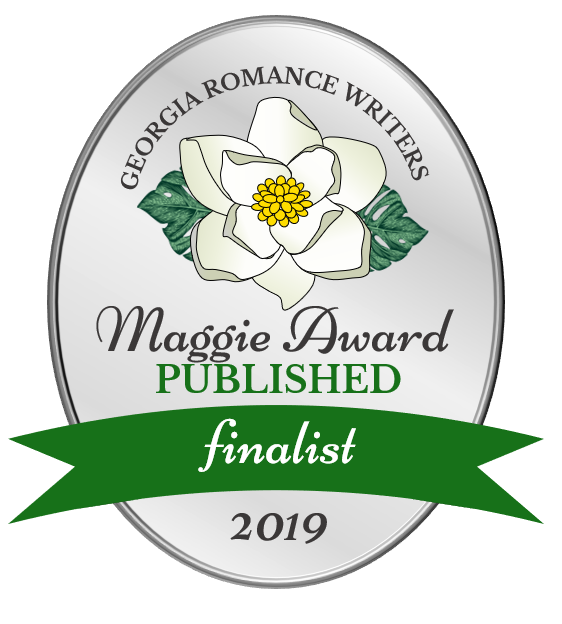Join me!
Who doesn’t love a twisted inheritance plot? They’re fun, high stakes, high angst, great external plots, and just plain delightful. But they’re also legal quagmires and can be hard to get right if you don’t want to spend your free time parsing obscure legal books and case law (and it’s seriously no fun when reviews point out that your plot isn’t just implausible, it’s legally impossible!). Lucky for you, this is literally what I do for a living at the day job (read, explain, and implement obscure rules, regulations, and laws).
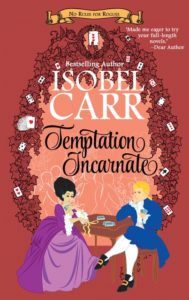
I gave an in-person workshop on this topic several years ago (and boy was it hard to cram it all into a 45 min talk), and now I’m going to be offering it as an online workshop through the Beau Monde. This is the absolute best format for this kind of workshop. We’re going to take a whole month to luxuriate in the topic. We’re going to go deep into case law. We’re going to talk about real cases. And I’ll be able to answer all your questions and give you the legal citations from the Peerage Law Handbook to back up your wacky inheritance plot. We’ll make sure that if you’re ever challenged about your plot being unrealistic or fantastical, you can point to a real case and legal precedent.
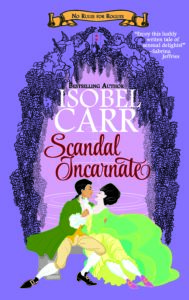
What will we cover?
Well, everything I can think of to talk about and show you real examples of from the Peerage Law Handbook.
- The creation of a peerage (and why that matters)
- What the heck is in fee simple
- Procedures on claims
- How (and when!) to dispute a claim
- What does it mean when the “blood has been enobled”
- Who can dispute a claim
- Why women can inherit some titles, but not others
- What are co-heirs
- How two brothers can both inherit a title
- How/why does a title go into abeyance, and how does it come out
- Can the King really take back your title and lands
- Why are there two Earls of Mar
- Does it matter if the peerage is English, Scottish, Irish
- When can titles be broken apart and inherited by different people
- Can an illegitimate child inherit a title
- And so much more!
Registration is open now. Class begins May 1st. Join me! I promise it will worth your time and money. You don’t have to be an author, either. I’m happy to have readers who want to know more about the topic join us, too.
